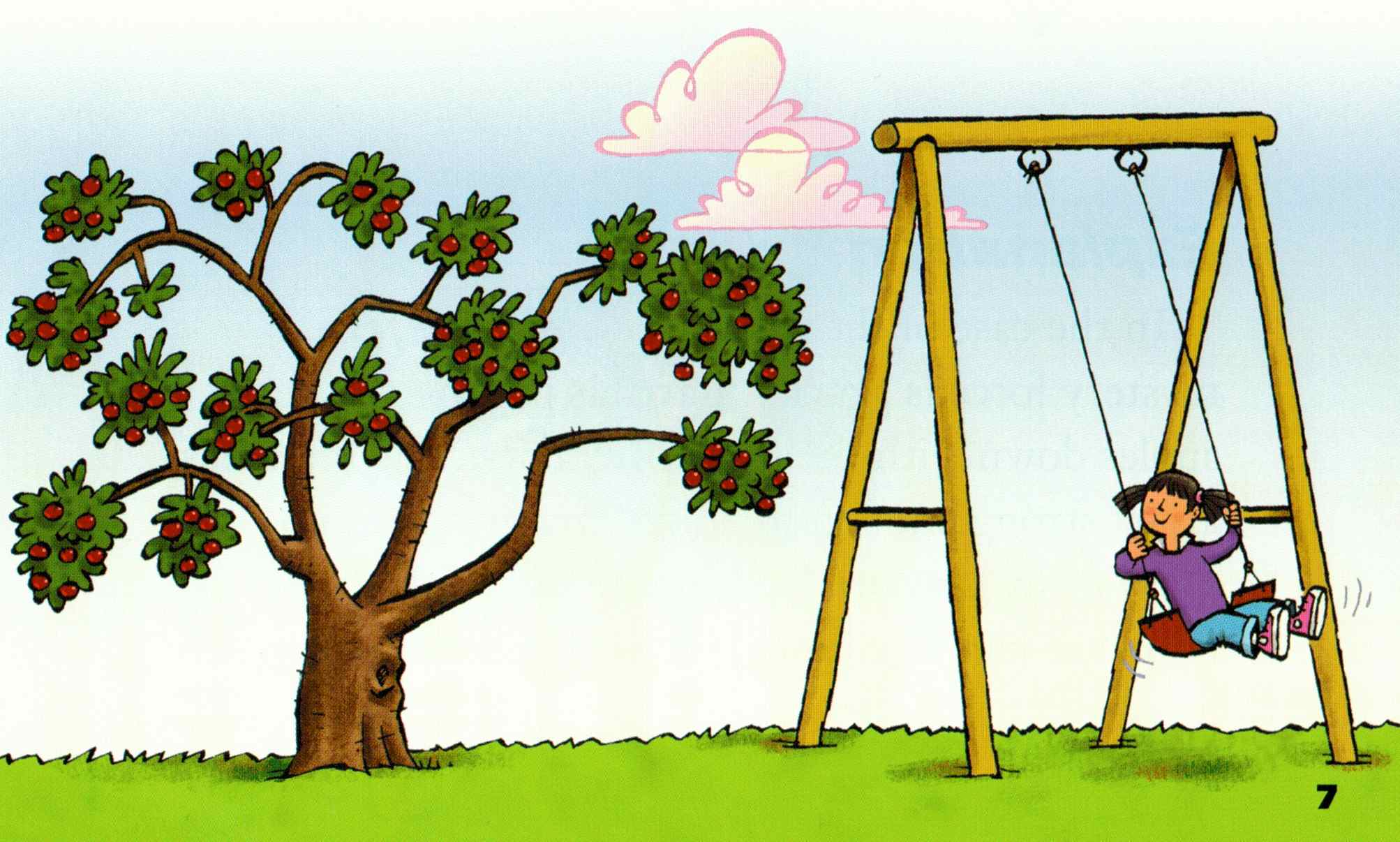Every object in the universe exerts a gravitational force on its neighbouring objects. Gravitational force is the force of attraction that pulls any two objects closer together. In this article, let us closely examine the characteristics of gravity and its manifestation in everyday life.
What is Gravity?
Gravity or gravitational force is how planets or other objects in the universe pull other objects towards their centre. Gravity can explain why we land on the ground when we jump up. Gravity major depends on the object’s mass and the distance between objects. Now that we know what is gravity, let us look at the universal law of gravitation proposed by Sir Issac Newton.
Universal Law of Gravitation
Gravitation is a universal force of attraction that acts between all objects, big or small. The universal law of gravitation well approximates this universal force of attraction. Sir Issac Newton put forward this theory to explain the observed motion of the planets and moons.
Newton’s law of universal gravitational attraction states that “every particle attracts every other particle in the universe with force directly proportional to the product of the masses and inversely proportional to the square of the distance between them.”
The universal gravitation equation thus takes the form:
F = G(m1m2/r2)
Where F is the gravitational force between bodies, m1 and m2 are masses of bodies, r is the distance between the centres of the bodies, G is the universal gravitational constant.
The Universal Gravitational Law can explain almost anything, from how an apple falls from a tree to why the moon revolves around the Earth. To better understand the significance of the universal law of gravitation, let us look at some real-life examples of gravity.
Manifestation of Gravity in Real Life
Stability of Objects
The objects present on the Earth surface do not float or levitate in the air because of Earth’s gravity. The object is held in its position because of the gravitational force between the object and the Earth.
Ocean Tides
Tides are the short term rise and fall of seawater. This occurs due to the gravitational pull between the sun and the moon. In the absence of the gravitational pull, the oceans would be calmer.
Pouring Drinks into a Cup
Pouring liquids in the zero-gravity region is tedious because there is no force present to pull the liquid to the base of the container. On Earth, the drinks poured into a cup do not rise and stay at the base of the container. This is possible because of the gravitational force.
Celestial Bodies Revolution
The celestial bodies in space revolve around the sun and rotate at their respective axis. Gravitational force is responsible for the proper alignment and revolution of planets around the sun. The same force is responsible for the revolution of the moons around their respective planets.
These were some of the daily life examples of gravity. From the examples above, it is clear that gravity plays a crucial role in developing life on Earth.








